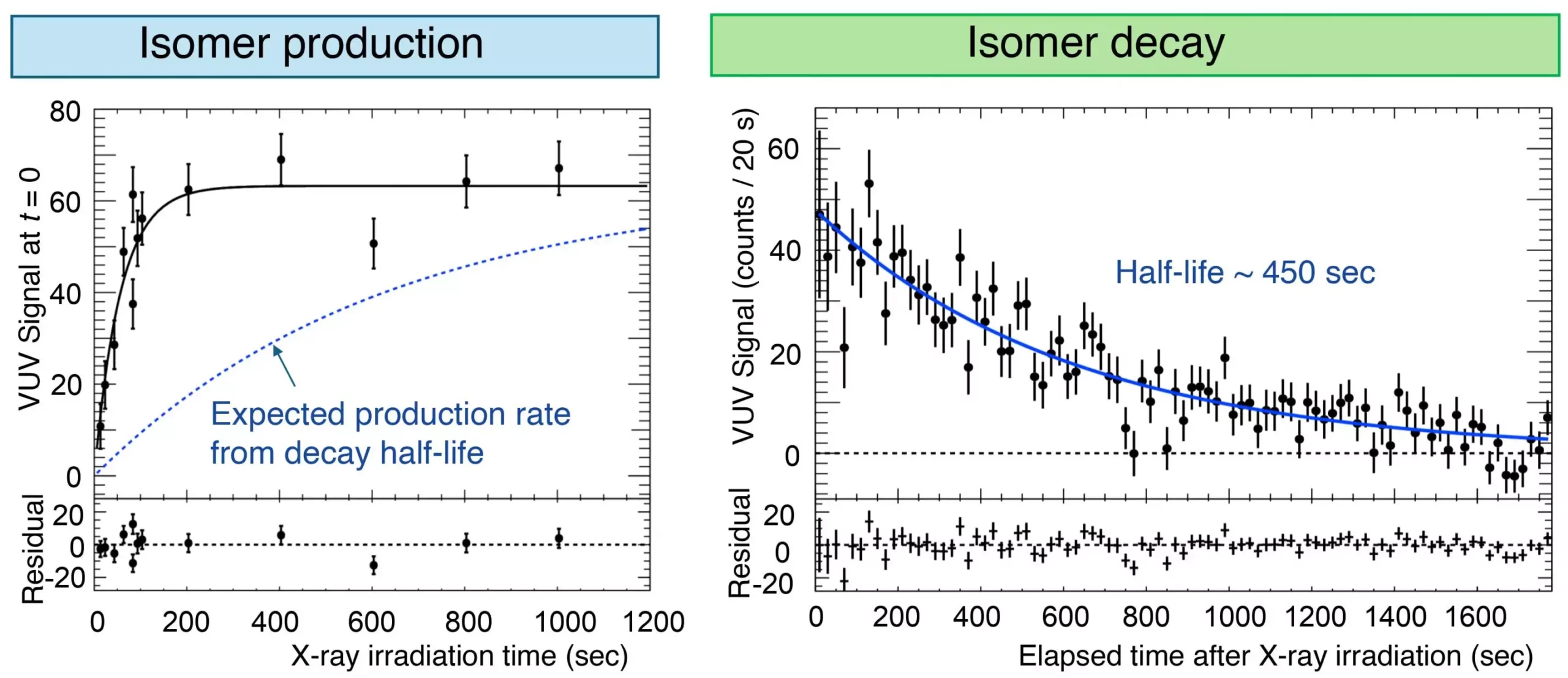Modern science places a great emphasis on precision when it comes to measuring time. Traditional atomic clocks, which are primarily used to define the second, have evolved significantly over the years. Employing the oscillation of electrons within atoms, these clocks have consistently provided accurate timekeeping. However, the relentless pursuit for even greater precision has led researchers down the path of developing nuclear clocks, which leverage the behavior of atomic nuclei instead of just electrons. This innovation opens up an exciting frontier in timekeeping technology, presenting the potential for unprecedented accuracy.
At the forefront of these advancements is the exploration of the 229Th isotope, which has emerged as a promising candidate for the next generation of ultra-precise nuclear clocks. What sets 229Th apart is its favorable characteristics; it boasts a relatively long half-life of approximately 103 seconds and requires minimal energy to induce excitation through vacuum ultraviolet (VUV) lasers. This particular combination makes it an ideal reference for stabilizing time measurement. Scientists have identified that a detailed understanding of the fundamental properties of the 229Th isomer—such as isomeric energy, half-life, and its excitation dynamics—is crucial for harnessing its capabilities in practical applications.
Innovations in Research
A significant breakthrough in this field has come from the collaborative efforts of Assistant Professor Takahiro Hiraki and his team at Okayama University in Japan. Their recent study, published in *Nature Communications*, demonstrates the successful synthesis of 229Th-doped VUV-transparent CaF2 crystals. This groundbreaking work facilitates the ability to manipulate the population of the 229Th isomeric state, a crucial step towards building a functioning nuclear clock. Their method seeks to control how the nucleus oscillates between states using targeted X-ray irradiation, a feat that not only enhances understanding but also increases the practicality of nuclear clock technology.
In their experiments, the researchers employed resonant X-rays to promote the ground state 229Th nucleus into an isomeric state, nestled in a secondary excited state. Remarkably, they observed radiative decay, where the excited nucleus transitioned back to its ground state and released a VUV photon in the process. Among the critical insights gained from their work was the phenomenon of “X-ray quenching,” a controlled process that enables the efficient de-population of the isomeric state in real-time. This discovery highlights the potential to strategically manage the energy states of the nucleus, offering exciting implications not only for timekeeping but also for various other technological applications.
The ongoing progress in nuclear optical clocks could revolutionize how we perceive and utilize time. Assistant Professor Hiraki envisions that the culmination of their research could lead to implications that extend far beyond conventional clocks. For instance, the potential for compact gravity sensors and enhanced GPS technology could fundamentally change navigational systems and ensure various applications in both science and everyday life remain accurate and reliable. Moreover, the creation of a working nuclear clock may enable investigations into whether certain physical constants—traditionally assumed to be immutable—might actually vary over time, fundamentally challenging our understanding of physics.
The development of nuclear optical clocks represents a truly remarkable intersection of atomic physics and advanced technology. As researchers like Assistant Professor Hiraki and his team continue to unravel the complexities surrounding 229Th, they lay the groundwork for superior timekeeping mechanisms. While significant challenges remain, the promise of such innovations could potentially change the landscape of metrology and fundamental physics, encouraging scientists to further explore and refine the very essence of time itself. As we look to the future, the realization of precise nuclear clocks could herald a new era in our quest to master time, bridging theoretical exploration with practical applications that influence how we navigate our world.


Leave a Reply